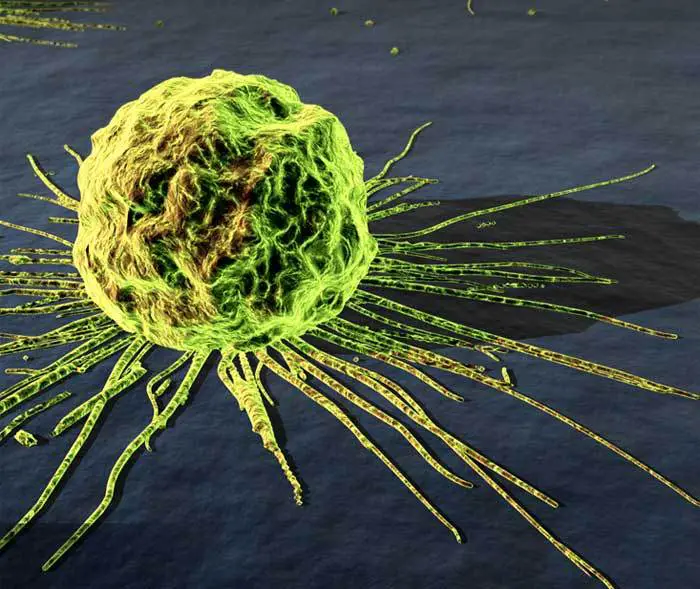
The recent discovery that the common house dust mite “reverse- evolved” from its parasitic life style to a free- living life style of its ancestors is very interesting for two reasons. The first is its repudiation of Dollo’s law. The Belgian paleontologist categorically stated in 1893 that “an organism is unable to return, even partially, to a previous stage already realized in the ranks of its ancestors.” This was deemed to be especially true of parasites, which undergo a host of specialized changes that end up in the loss of entire systems, that enable them to be totally host-dependent. In other words, once a lineage is dedicated, there is no turning back the clock. Though “turning back the clock” has been possible within the confines of a lab, natural evidence has been lacking. Until Pavel Klimov and Barry O’Connor from the University of Michigan decided to sequence and align the genes of some 700 strain of mites from around the world. Upon building the phylogenetic tree, they were amazed to find evidence of the dust mite “ hiding” in the parasitic mite’s genome- meaning, the dust mite is not a remnant of the ancestral mite from which the parasite evolved, but is actually an independent de-evolution of parasites back to the ancient , free-living form. In other words, the parasitic mite retained some of its ancient traits, which were reactivated by the dust mite. In turn, the dust mite also kept of some the features that characterized its parasitic life- style such as enzymes and allergenicity.
The second reason this is interesting is how it relates to tumor evolution. I have always wondered whether cancer cells that aggregate to become a tumor are simply “rogue cells” that broke away from the body’s control mechanisms. The uncanny development of a tumor and its spreading represents a more organized plan of action than a simple hit- or- miss, at least in my eyes. In other words, ancient genetic signatures that have been preserved through evolution get reactivated in a cancer cell. Hence the awry growth pattern, more reminiscent of a clump of cells with a simple survival plan. This notion that tumors are actually an evolutionary throwback to the very beginning of the emergence of multi- cellular organisms is the basis of the “non- traditional” studies of cancer pioneered by physicists, cosmologists and astrobiologists. at the Center for the Convergence of Phyical Sciences and Cancer at the Arizona State University.
Convergence of Phyical Sciences and Cancer at the Arizona State University. With emerging next- generation PCR and sequencing methods such as droplet PCR and high efficiency single- cell pyro-sequencing technology, it is now possible to sequence every cell of a tumor biopsy, rather than a population. Such high quality sequences are valuable sources of phylogenetic information, gene polymorphisms, expression and metabolic profiles. Though this approach does not bring us any closer to a “cure” for cancer, it can lead to a better understanding of cancer, if nothing else and can make the genetic information more meaningful in choosing targets for therapy.